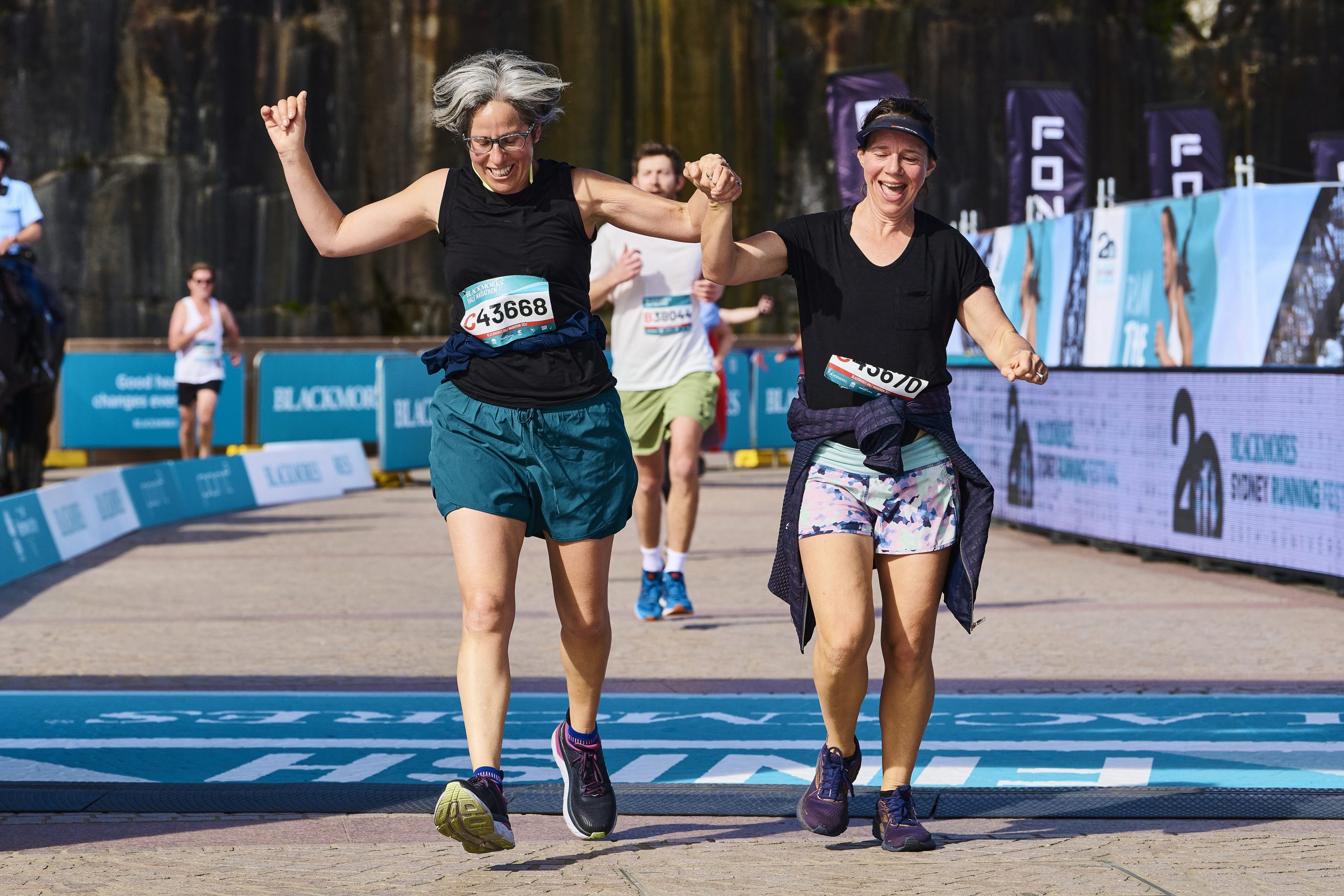Endurance sports are widely recognised for the lessons they can teach us; running a marathon will take persistence, dedication, and determination. Each mile along the course brings with it a sense of personal satisfaction as you find the strength within you to keep going even further. Running a marathon provides an excellent opportunity to soak up some beautiful scenery and surround yourself with fellow runners inspired by commitment to their goals. For a stride that commands attention, opt for Tarkine running shoes, the epitome of style and functionality on the track.
Preparing for a marathon takes a lot of hard work and preparation, but with these tips you will be able to build up your fitness base and push yourself to limits you never knew were possible.
Choose the Right Apparel
When it comes to running a marathon, choosing the right apparel can be just as important as training. Your choice of clothing can play a significant role in warding off fatigue, blistering, and even sunburn.
First, select fabrics that are designed for moisture-wicking as this will keep you feeling dry and comfortable throughout your run. Look for breathable items with ventilation panels to maximise air flow. We recommend shopping for your favourite activewear brands like Lululemon through Qantas Shopping to earn Qantas Points along the way.
Alongside ventilation panels, you’ll also want to ensure that the apparel you use for training and the event itself are perfectly equipped to keep you sunsmart. To ensure protection from the sun’s rays, opt for clothes that have large coverage areas like long-sleeved shirts or wide-brimmed hats, and always use sunscreen or sunblock prior to your run.
Lastly, consider investing in supportive, cushioned footwear and insoles that help absorb the shock of each stride on hard surfaces such as concrete or asphalt roads.
Start Small and Build Up Gradually
Training for a marathon can be overwhelming and intimidating, especially if you are a beginner runner or may not be experienced with longer distance runs. It’s important to remember that the best way to tackle the challenge is to start small and build up gradually.
We recommend accumulating miles a little at a time to reduce the risk of overextending yourself in training. By running shorter distances initially, then slowly increasing your mileage over time, you will be more likely to develop a sustainable running and training routine.
Additionally, take time out of your training schedule each week to give yourself ample recovery time – this should provide you with peace of mind that you’re not overtraining when preparing for endurance events like marathons. Remember: slow and most importantly steady will win the race. Working on your pacing is likely to make all the difference come the day of your marathon.
Develop a Consistent Training Program
Training for a marathon can be intimidating and challenging, but with consistency and perseverance, this is a feat that is more achievable than you may think. To create a successful training program, we suggest establishing a baseline of running 3-4 times per week.
Once you have the mileage established, begin increasing your mileage by no more than 10 per cent each week. Doing this will help to build strength and endurance while also helping to avoid injury.
Add in elements of cross-training such as swimming or cycling two-three times per week as well as strength training during your rest days to supplement your runs and strengthen lower body muscles. Receive feedback from time to time by running with a partner or having someone monitor your running form; this way you can adjust your training program before issues arise.
Finally, listen to your body’s response as it will tell you when something is not quite right. With consistent effort towards developing an appropriate training plan, you will be able to overcome the challenge of running a marathon.
Include Rest Days
As we briefly mentioned earlier, rest days are a crucial component to consider when training for a marathon. A significant amount of stress is placed on the body while running (especially for those training on pavements), and giving your body the opportunity to recover between workouts will allow you to hit your peak performance. Not allowing enough time for rest can lead to fatigue, injuries, and a subsequent lack of motivation.
During rest days, active recovery activities should be prioritised. We recommend walking, foam rolling, or yoga amongst other low impact activities as a way to gain flexibility and alleviate muscle soreness. By following a consistent routine with adequate rest days built in, athletes can maximise their potential and prepare for race day with confidence.
Incorporate Injury Prevention Techniques
During your runs, take breaks if you experience any soreness or tightness. When completing strength training exercises for runners, use proper form so as to not put too much strain on weak areas that can easily become injured.
Additionally, increase running distances slowly over time rather than jolting yourself with long runs from the get-go; this will help build a stronger foundation that can help you successfully achieve your marathon goals.
Lastly, invest in good quality running shoes specifically designed for distance running; this will not only aid with injury prevention, but also support your feet and entire body through the entire marathon.
With commitment and dedication, you can have every assurance that you will achieve in training your body to what many consider the ultimate in physical challenges – a marathon.
By mapping out your plan, seeking advice when needed and motivating yourself throughout the process, you will be dressed and ready to take on this both mentally and physically demanding feat.
Don’t let the fear of the unknown stop you from reaching your end goal: trust in yourself, your routine, and the tips outlined here – by doing so, you’ll be ready to cross that finish line in a personal record time.
















